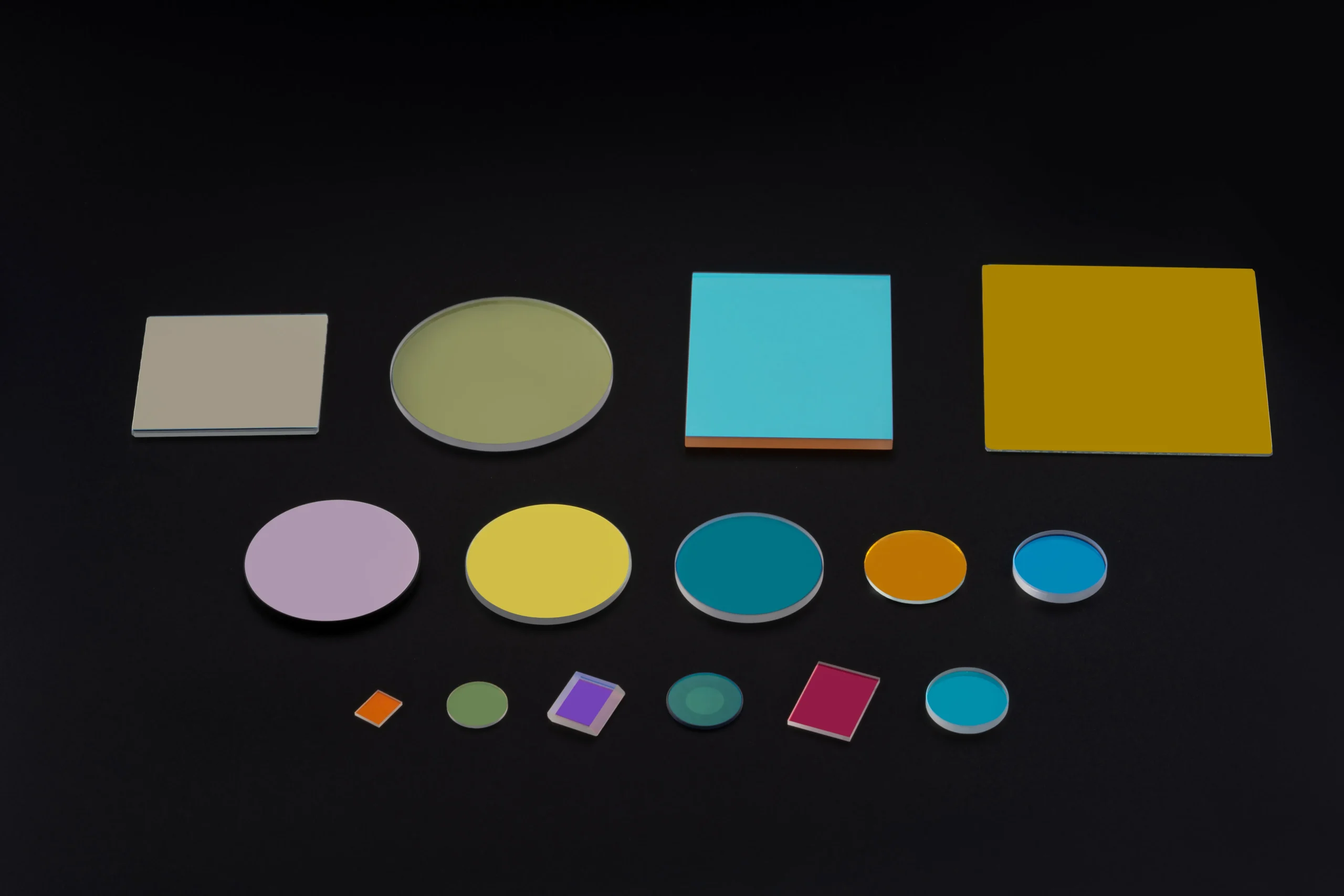
The application of optical components in dental microscopes is essential for improving the precision and effectiveness of oral clinical treatments. Dental microscopes, also known as
Stay updated with the latest developments, product launches, and industry insights from Jiujon Optics—your source for cutting-edge optical technology.

The application of optical components in dental microscopes is essential for improving the precision and effectiveness of oral clinical treatments. Dental microscopes, also known as

The application of optical components in machine vision is extensive and crucial. Machine vision, as an important branch of artificial intelligence, simulates the human visual

(Flow cytometry , FCM ) is a cell analyzer that measures the fluorescence intensity of stained cell markers. It is a high-tech technology developed based

Jiujon Optics specializes in manufacturing a wide range of high-precision optical components and assemblies. Our products are widely applied in biological and medical analysis instruments, digital devices, surveying and mapping equipment, as well as defense and laser systems.
© 2025 Jiujon Optics. All Rights Reserved.
Designed by AdmarV